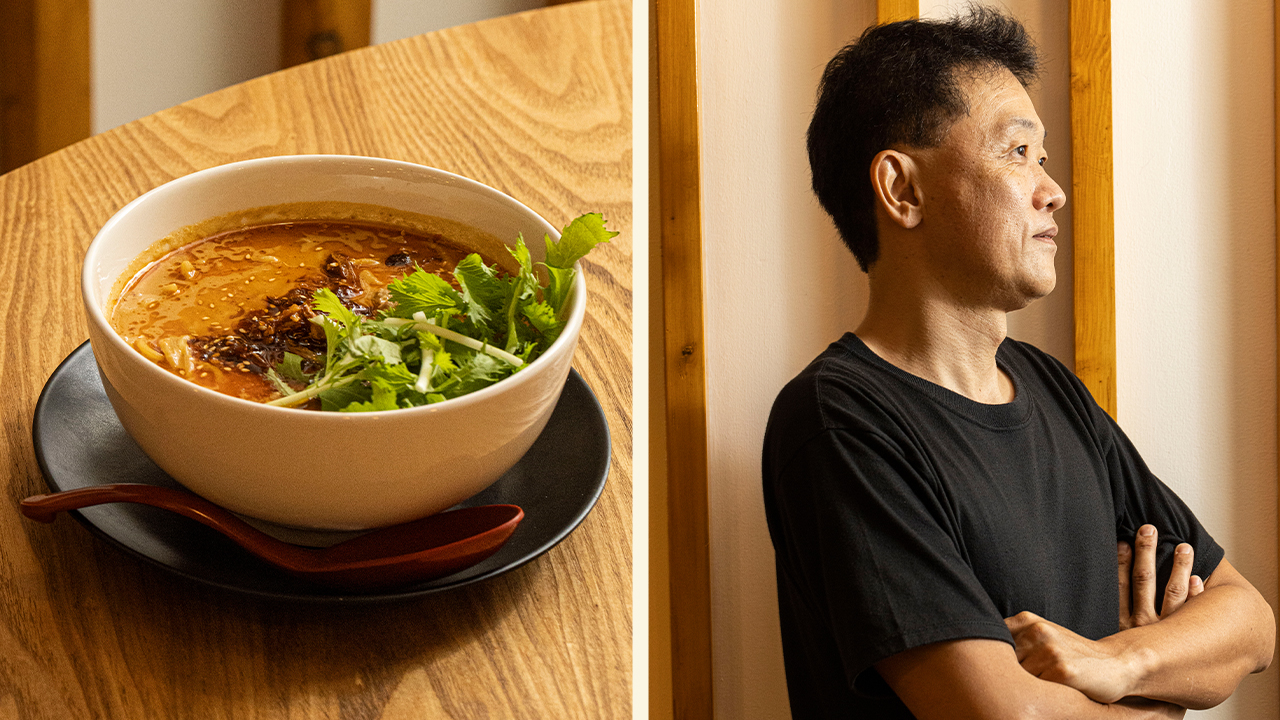There’s a frequently played trope in Japanese samurai stories in which a swordsman usually ends up a lonely traveler journeying throughout different places, encountering people who usually need his help and services. It’s a romantic depiction of what’s since been debunked as a rather problematic warrior class, but it’s not hard to see what draws people to such an image.
Though he is no gruff, hardened warrior nor is he lonely, chef Atsushi Yoshida of Saigi Ramen in Salcedo Village, Makati is world-traveled and great at what he does. We’re talking Michelin star-great, as he’s spent three years helming Umu in London as its head chef, which has one star to its name.
The Japanese word “saigi” means a festival or celebration, and Atsushi Yoshida chose that name because he wanted to capture the zest and energy of a happy celebration with his food.
Then the Tokyo-born chef found himself flying all the way to Manila, invited to be part of Japanese restaurant Enbu in Okada back in 2016. After his time there, Yoshida found himself holding the fort at Canlubang Golf and Country Club, which needed a strong Japanese offering during weekends because of its considerable Japanese membership.
His ramen got great feedback from club members, which is why he eventually decided to open his own separate ramen house years later—like with many things around the world, the COVID-19 pandemic threw a major wrench into those gears.
At Saigi Ramen, you get honest-to-goodness ramen
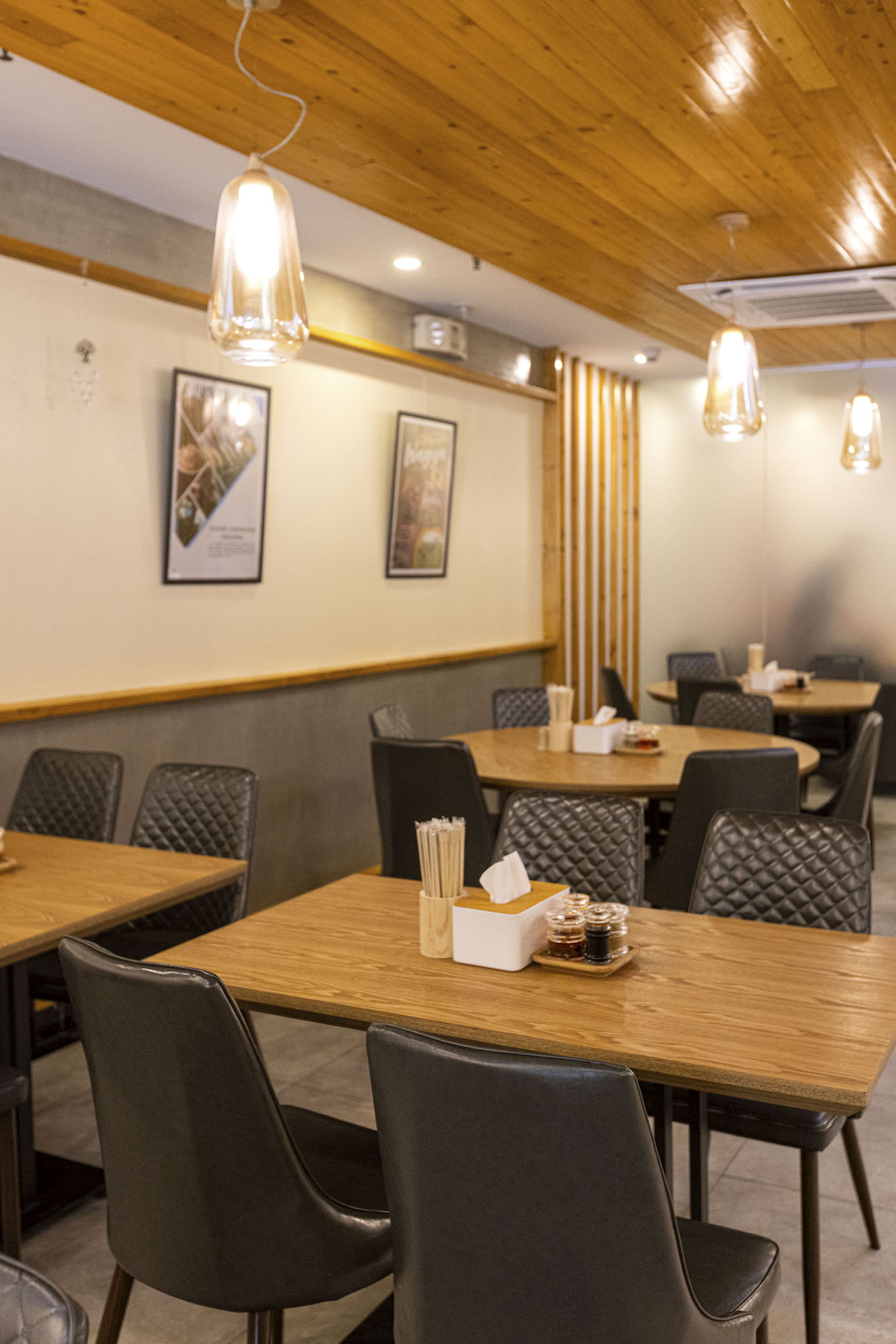
The first thing you might notice when stepping into Saigi Ramen is that it doesn’t quite look like what Filipino restaurateurs think upscale ramen houses should be.
The wood aesthetic you see in a lot of Japanese-themed establishments isn’t laid on as thick, and there’s no center island and bar where everyone is seated and slurping. That’s because the place used to be a Chinese restaurant not very long before Yoshida and his team took over. A lot of the things were left as is, and it only took them a month for the turnaround and preparation before Saigi Ramen opened last May.

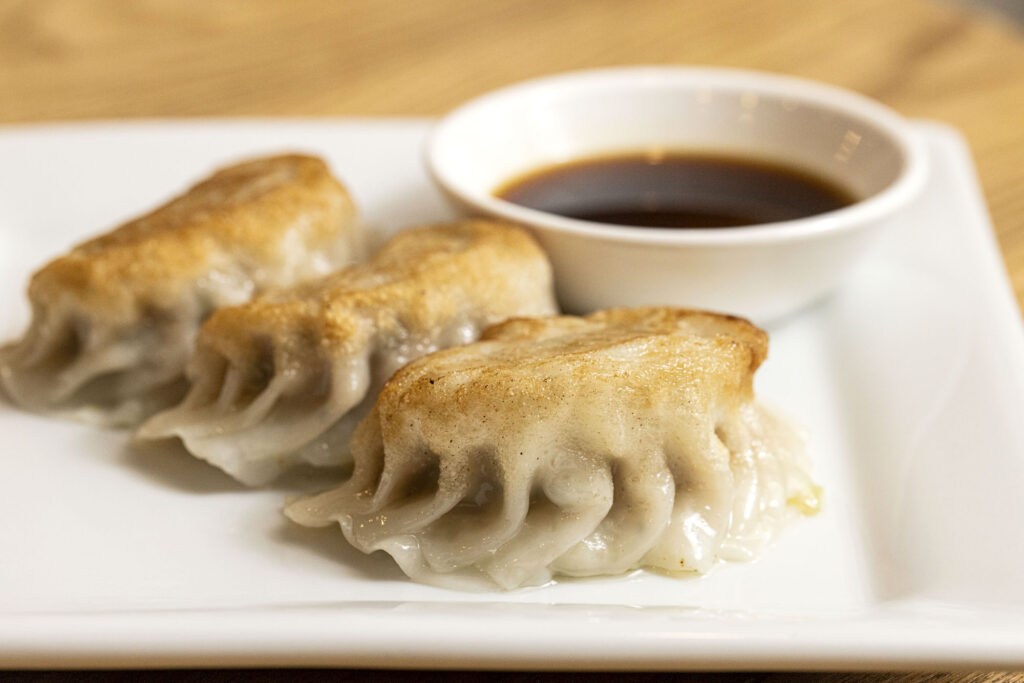
While some might want an immersive ambiance, of course the main star is and will always be the food—and it definitely delivers. The Japanese word “saigi” means a festival or celebration, and Yoshida chose that name because he wanted to capture the zest and energy of a happy celebration with his food. Beyond exceptional and world-class culinary skills, the key to the quality is Yoshida’s insistence on the proper sourcing of their ingredients.
“Actually, it’s very hard to get good quality ingredients [here],” says Yoshida. “But when I was in Okada, I’ve been to many supplier visits, like for vegetables in Baguio, [fish] in General Santos City, Cagayan de Oro. In Japan, I liked sourcing ingredients, so I do it here in the Philippines, too.”
Yoshida’s meticulous sourcing has led to Saigi getting their meat from Esguerra Farms, which in turn has helped make their ramen truly top quality.
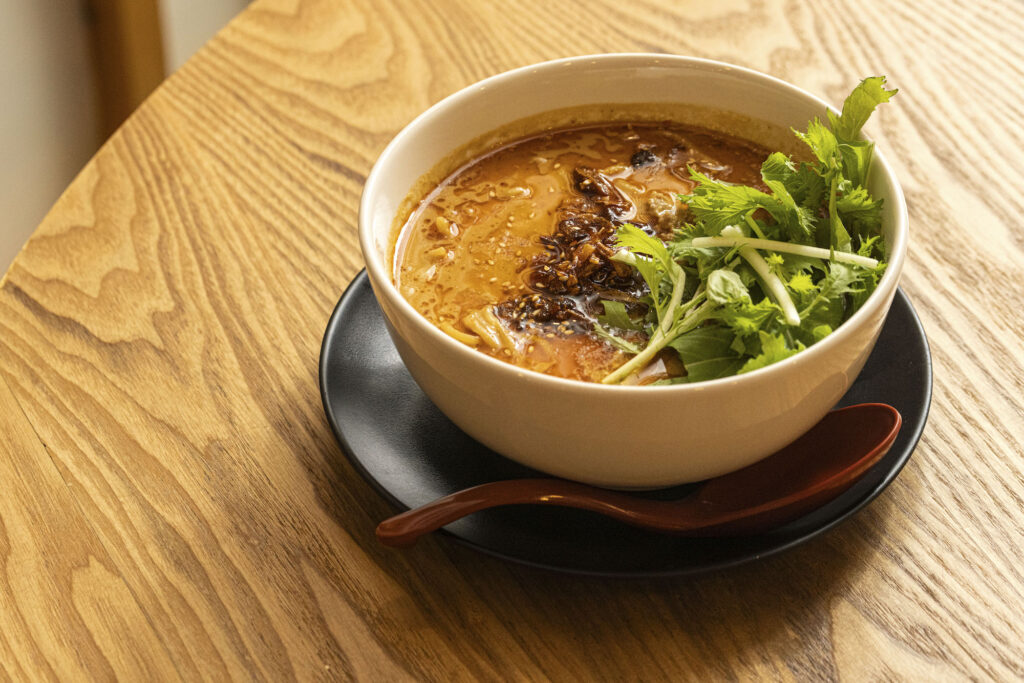
The top star of Saigi is their tantanmen, which coincidentally isn’t a wholly Japanese concept. The tantanmen is an import from Chinese cuisine, being an adapted version of sichuan dandan noodle soup. Their tantanmen has more than 30 ingredients—soy sauce, sesame, peanut, sake, chili paste, chili oil, sesame oil, and a slew of others that remain an intriguing secret.
If you think that’s mysterious, the lore behind it is even wilder. Yoshida encountered the tantanmen from a Chinese master chef he was apprenticing under, but he never officially learned the recipe from him because the master wouldn’t teach it to him—instead, he covertly studied it from the restaurant by simply observing and noting how it was made.
“When I was here in 2016, there weren’t so many Japanese restaurants. They served only specific dishes,” recounts Atsushi Yoshida. “Sushi, sashimi, tempura, ramen—but they were just a little bit in the Filipino taste. But now, I think that there are many Filipinos who went to Japan and tried the real Japanese taste.”
The daring theft was well worth the thrill because Saigi’s tantanmen is a wonder to behold. That said, this tantanmen has undergone a few nips and tucks and tweaks to sublimely transform the noodles into what it is now: a rich and robust bowl of fiery orange that’s warming, flavorful, and finally intense when the spice mellowly settles in.
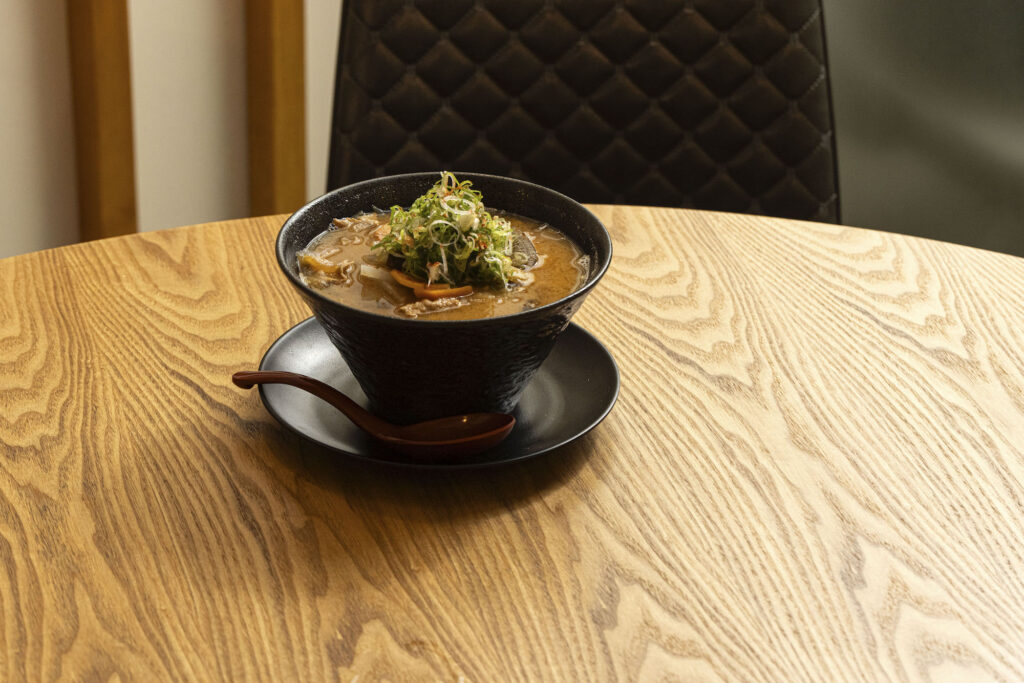
One other secret to Saigi Ramen’s otherworldly ramen, one that Yoshida is willing to share, is that he breaks the typical practice he notes of most ramen houses. He says other places will brew one large pot of soup stock, and then just add different sauces as needed to create the various types of soup. Yoshida does it the hard way—he’ll painstakingly cook up distinct stocks for each of the kinds of soup they offer, which is why their ramen menu is small.
“That’s why there [is] a focus on the soup taste. That’s why I cannot make a lot of varieties of ramen,” said Yoshida.
On Filipinos’ well-traveled palates
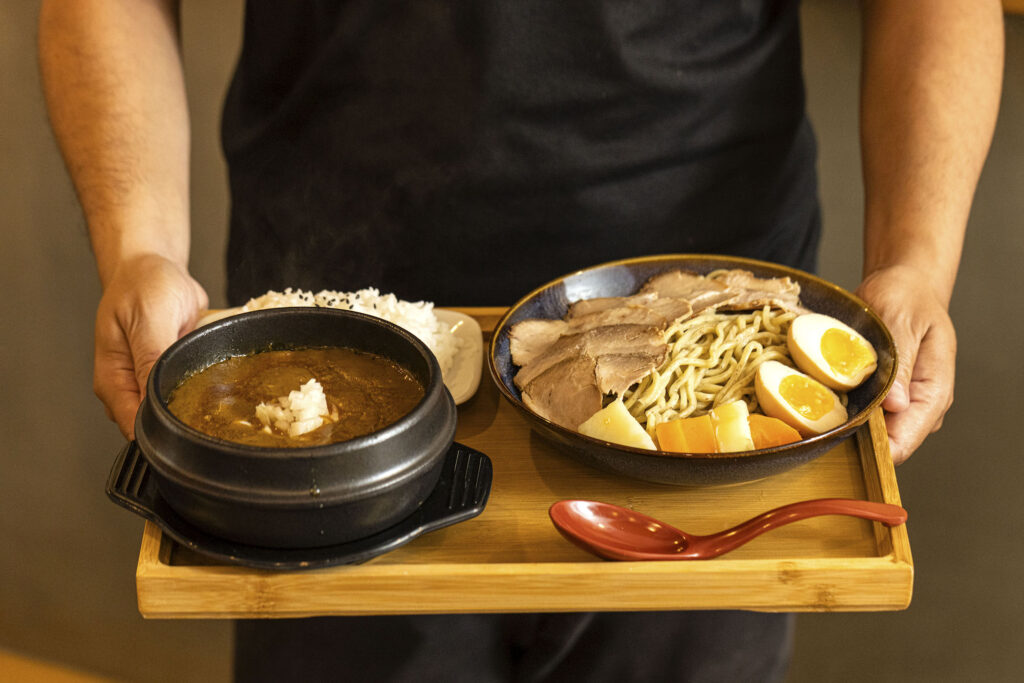
Yoshida is confident enough to do his take on authentic Japanese ramen not just because it’s delicious (it really is) but also because he’s aware that the Filipino market now knows what the genuine article is like.
“When I was here in 2016, there weren’t so many Japanese restaurants. They served only specific dishes,” recounts Yoshida. “Sushi, sashimi, tempura, ramen—but they were just a little bit in the Filipino taste. But now, I think that there are many Filipinos who went to Japan and tried the real Japanese taste.
So now, our customers know what the real Japanese taste is. That’s why many Filipino customers want to get the original Japanese ramen in our restaurant.”
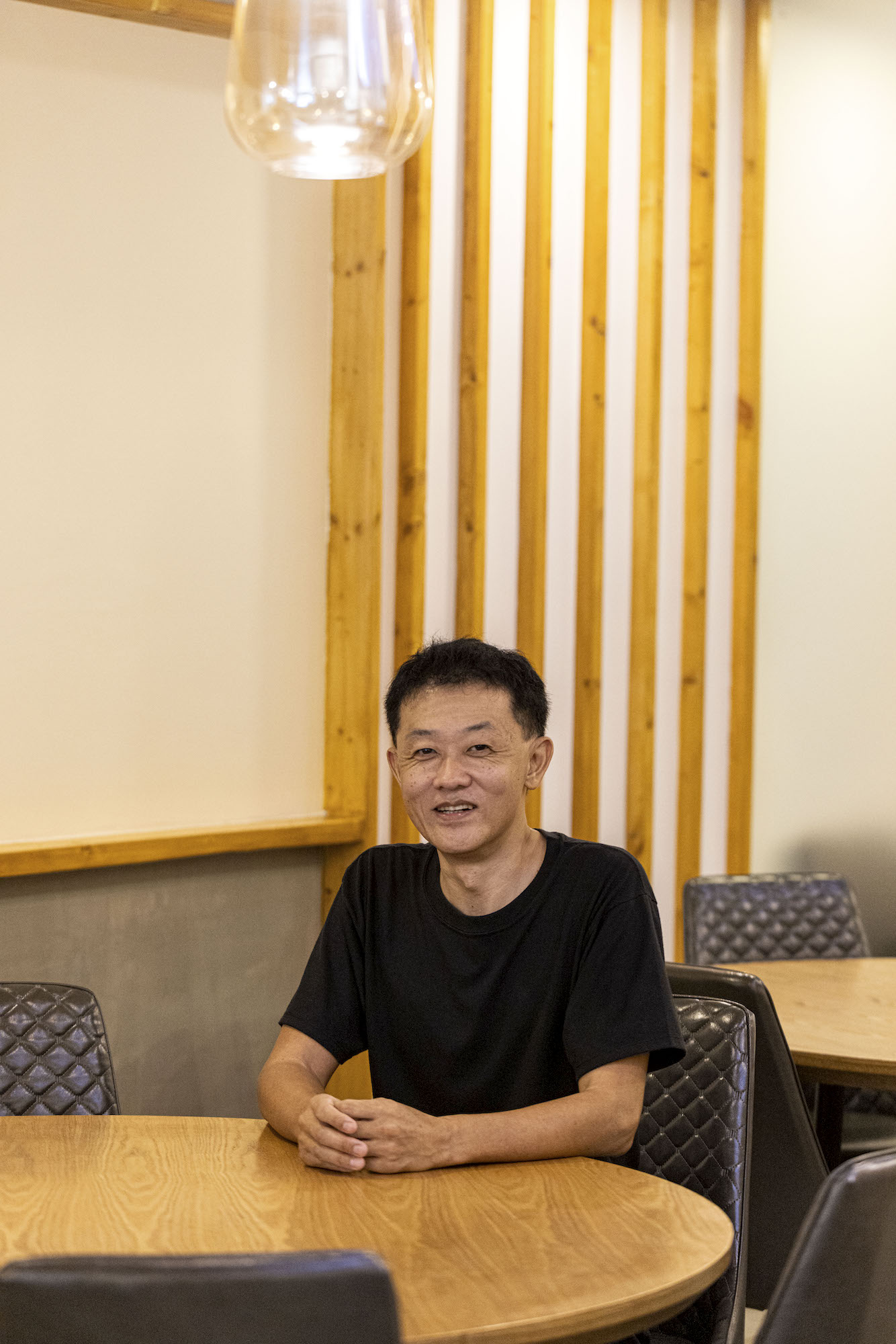
Whether he realizes it or not—but it’s likely that he does—Yoshida has a recipe for a hit, as Filipinos flock to anything, any experience that’s elevated. They put a premium on anything that may be like how it really is in other places.
Because even though it’s easier for many to book a trip to Japan, who wouldn’t want to miss out on an authentic ramen and Japanese experience in the heart of a city everyone can easily get to?





